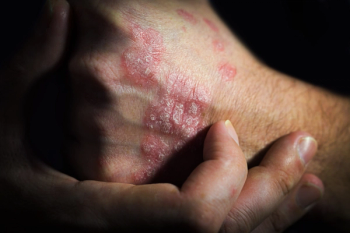
Risk Stratification and the Importance of Patient-Centered Care
Panelists discuss how disease progression monitoring requires integrating multiple data points including symptoms, six-minute walk tests, biomarkers like BNP/NT-proBNP, and imaging studies, with risk stratification tools helping guide treatment decisions while considering individual patient characteristics.
Episodes in this series

Barriers to Early Detection and Diagnosis
Common barriers to early PAH detection include the nonspecific nature of symptoms, which often leads to misattribution to more common conditions like deconditioning or asthma. Primary care physicians frequently prescribe asthma inhalers as initial treatment, which is reasonable given the rarity of PAH compared to common respiratory conditions. However, the lack of improvement with standard treatments should prompt deeper investigation and consideration of alternative diagnoses.
The complexity of PAH evaluation presents another significant barrier, as diagnosis requires a multi-layered assessment rather than simple testing procedures. Unlike straightforward conditions diagnosed through chest X-rays or basic tests, PAH evaluation involves comprehensive testing to determine disease classification among five different pulmonary hypertension groups. This complexity necessitates expertise not only in ordering appropriate tests but also in high-quality interpretation of results.
Timely referral to expert care centers represents a critical factor in overcoming diagnostic barriers. Specialized pulmonary hypertension centers possess the experience and resources necessary for comprehensive evaluation and accurate diagnosis. Educational initiatives targeting community practitioners and primary care physicians, combined with emphasis on screening high-risk populations such as patients with connective tissue diseases, can help reduce diagnostic delays and improve patient outcomes.
Newsletter
Stay ahead of policy, cost, and value—subscribe to AJMC for expert insights at the intersection of clinical care and health economics.













































